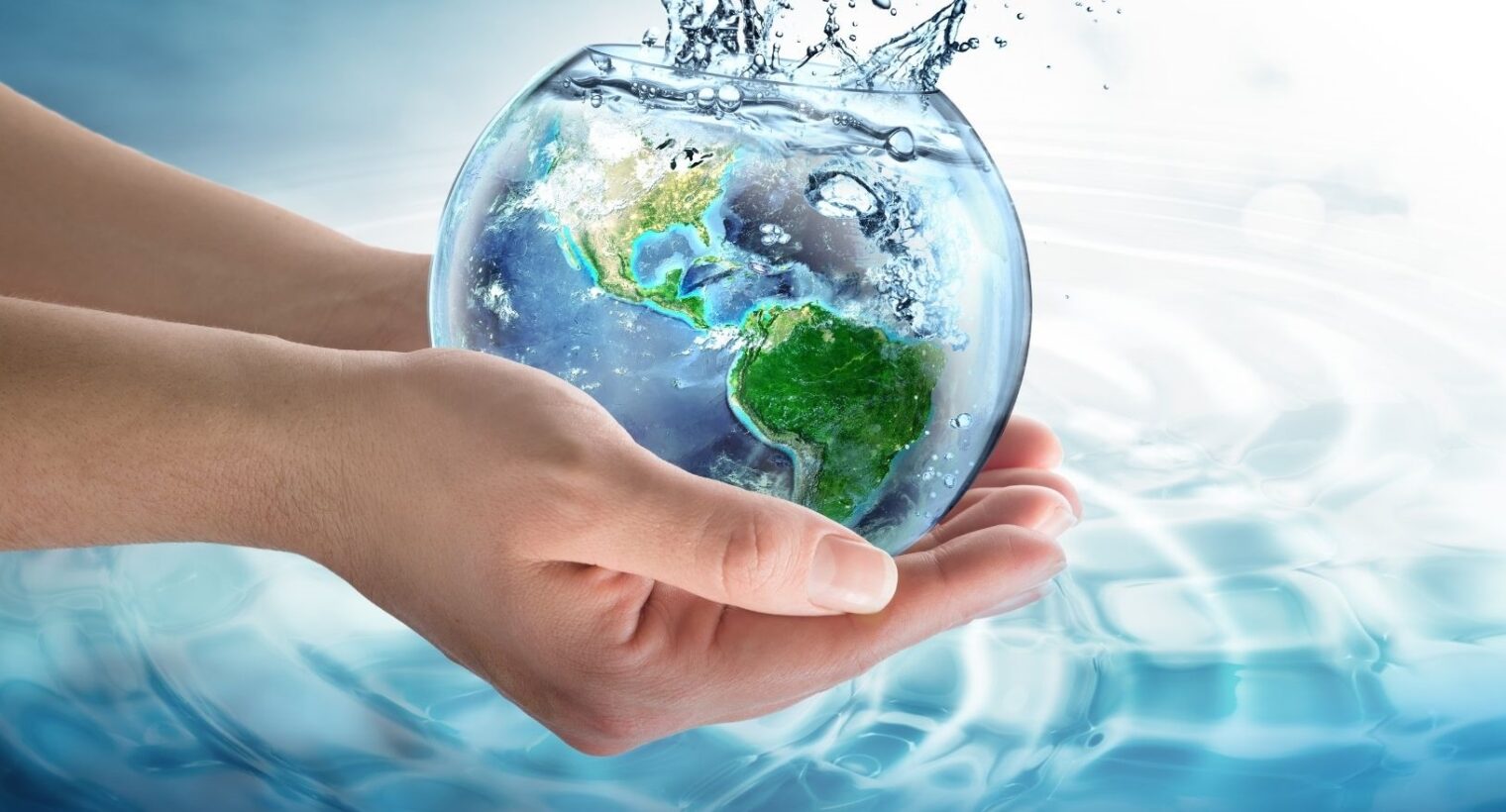This article is your guide on how to save water. Plenty of simple tricks like turning the faucet off when you brush your teeth or taking shorter showers to conserve water, but there’s a lot more you can do! That’s what our guide is all about.
So if you’d like to learn more about how to save water in your home, keep reading!
Here at The Energy Professor, we want to give you the information you need to not only save money on your energy bill but also to become more energy efficient. We hope you find this post helpful and it makes it easier for you to know more about how to save water. Be sure to check out our one-of-a-kind energy savings calculator!
The Energy Professor Electricity Rate Check Tool
The Best Tips and Tricks to Conserve Water at Home
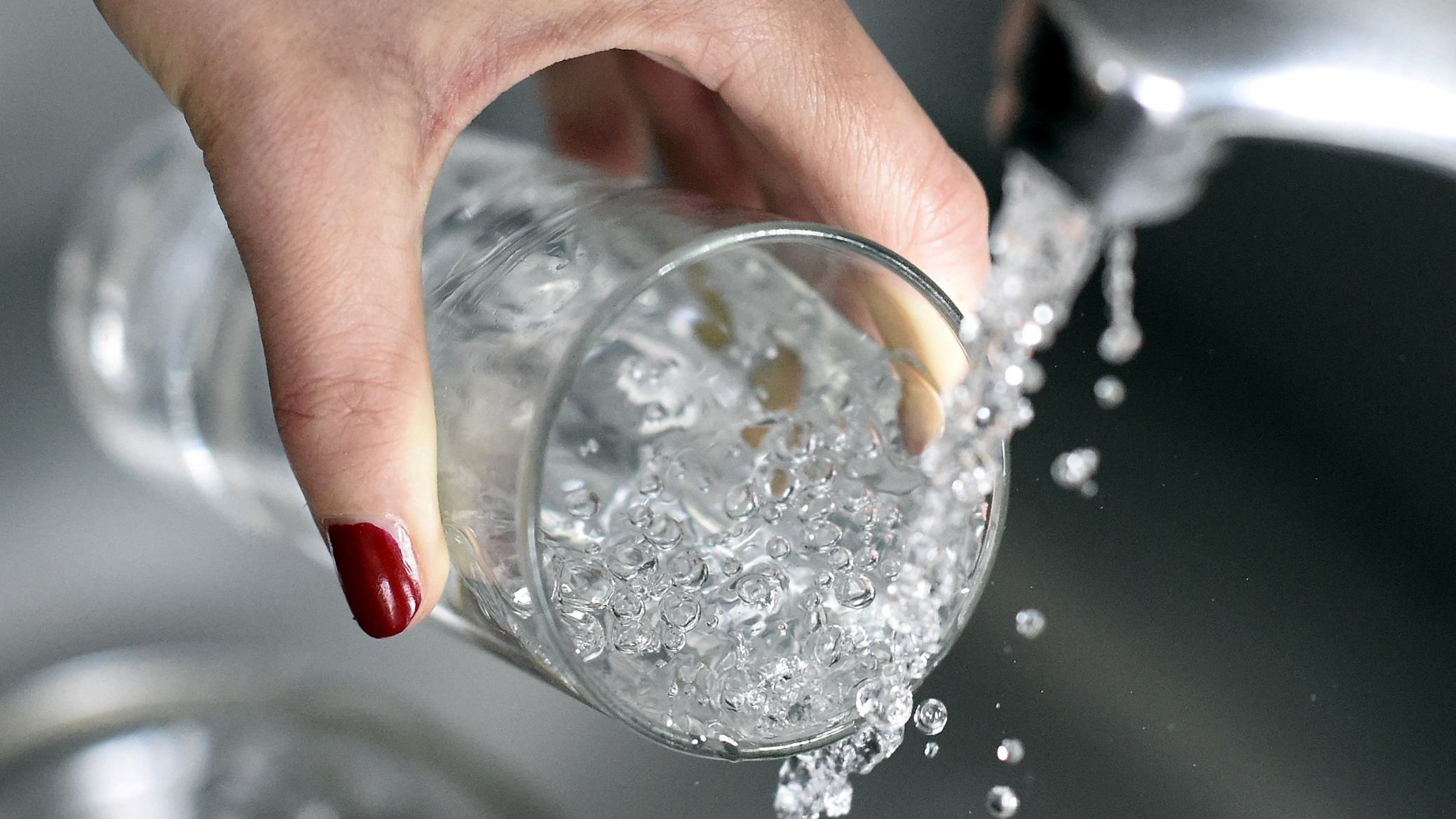
Conserving water at home doesn’t require major lifestyle changes; it can be as simple as adjusting your daily habits and making smart choices about how you use appliances. These tips will help you reduce your water footprint effectively while maintaining a comfortable home environment.
What are the best tips for saving water at home?
- Be mindful of your faucet
- Be efficient with laundry
- Use a low-flow showerhead
- Fix leaks
- Install a dual-flush toilet
- Learn green landscaping
- Be aware of your water usage
- Dishwasher over handwashing
Related post: 5 Ways To Reduce Your Water Charge
Be Mindful With Your Faucet
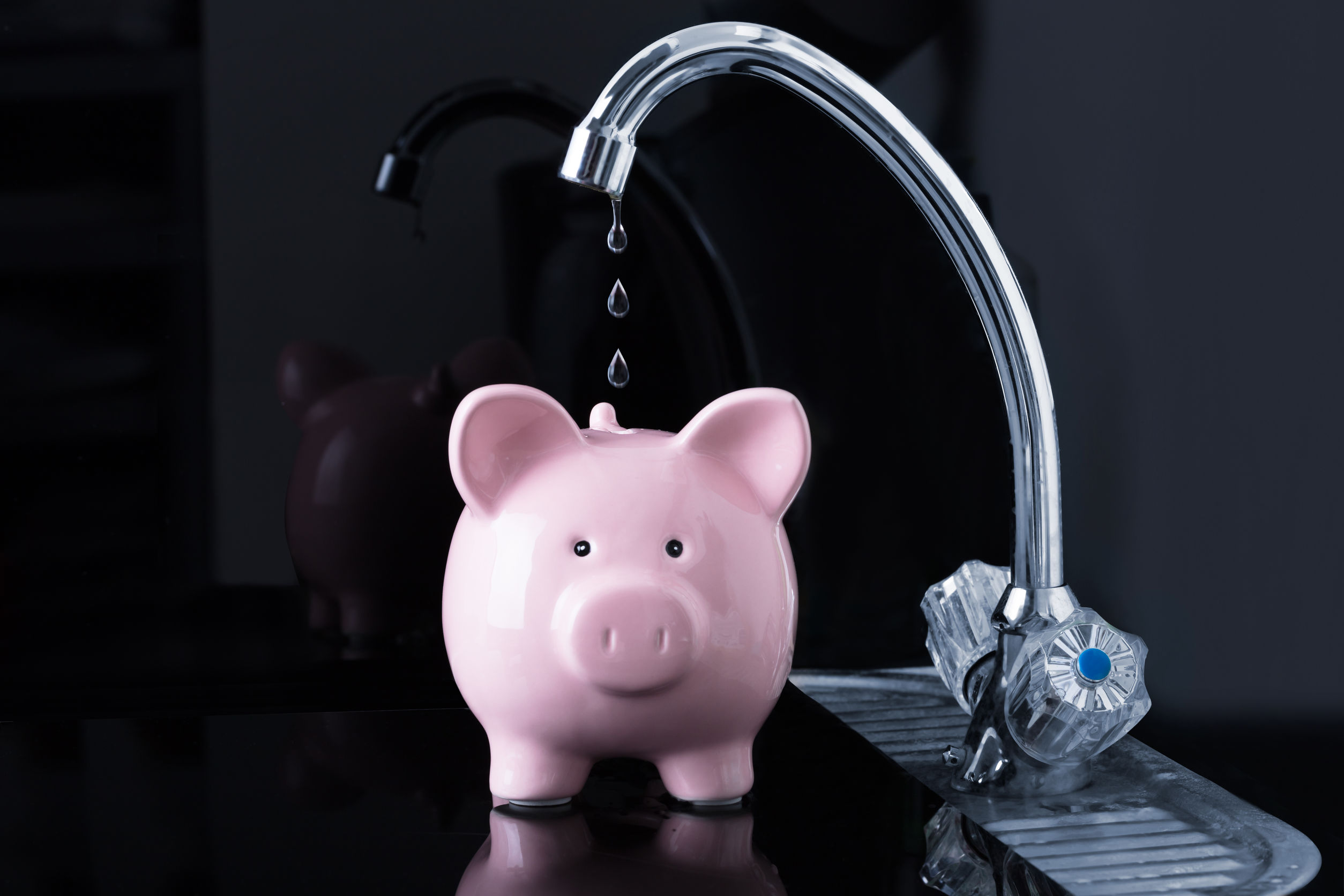
It can be easy to let your faucet run while you wash your face or brush your teeth. The average faucet releases about gallons of water per minute, which is a lot of water! Turning off the tap while brushing your teeth or shaving can save up to 10 gallons of water per day. Installing aerators on faucets can further reduce water flow, allowing you to use less water without a noticeable difference in pressure.
Related post: Why is Water Conservation Important?
Be Efficient With Laundry
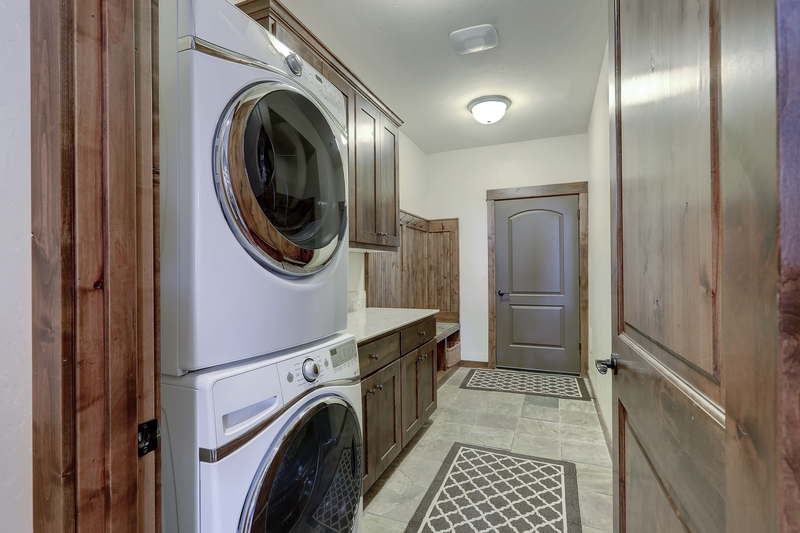
Wait until you have a full load before using your washing machine, and choose a high-efficiency model for greater water savings. Washing full loads of laundry can save you up to 3,400 gallons of water per year, which is a lot. Make sure that your water level is set correctly for your load size so you’re not overusing.
Using cold water for laundry not only conserves water but also saves energy.
Related post: When is the Best Time to Do Laundry?
Use a Low-Flow Shower Head and Faucet Aerators
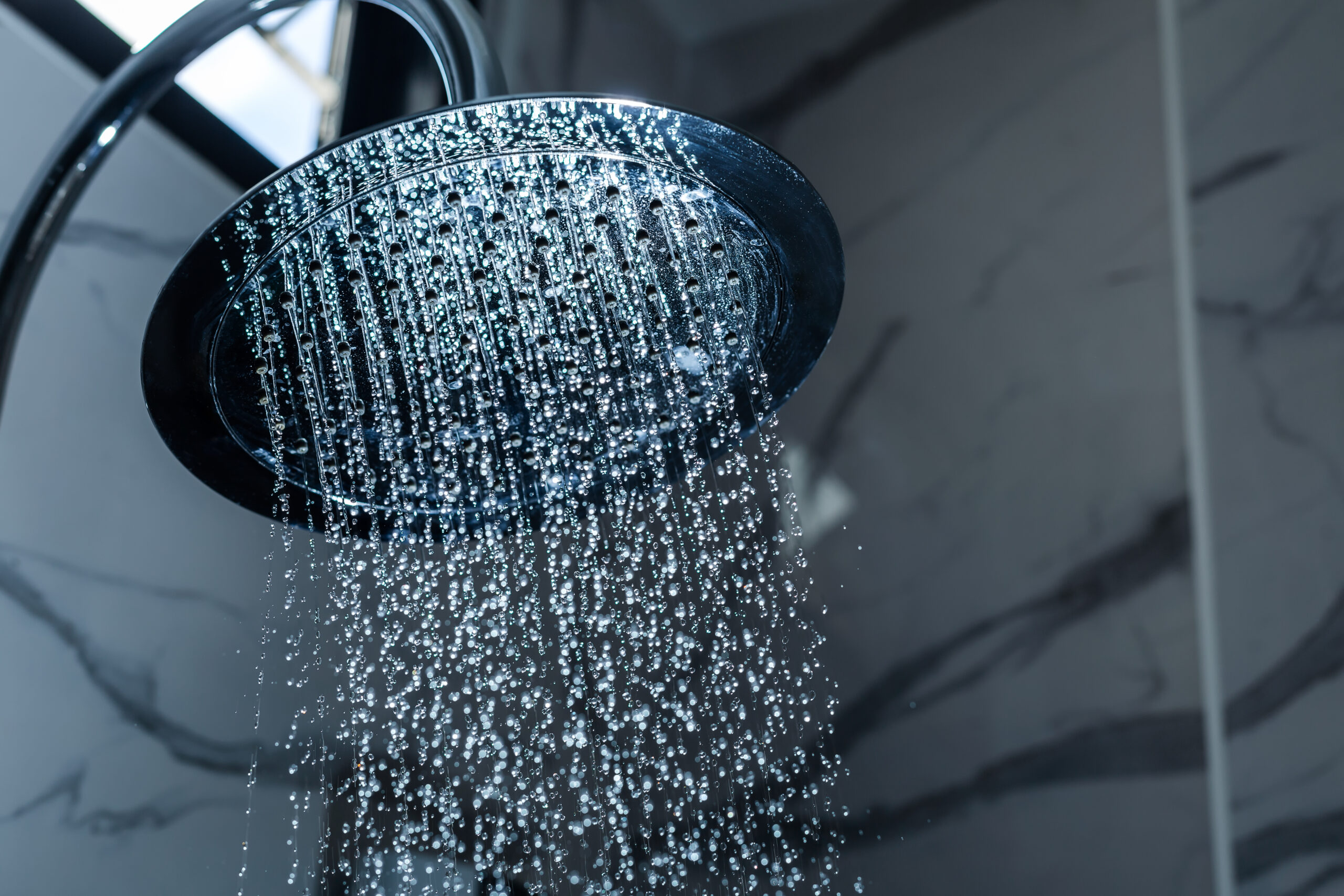
Low-flow shower heads can reduce water use by up to 50% without sacrificing the quality of your shower.
These devices are designed to deliver satisfactory water pressure while using less water—typically between 1.5 to 2.0 gallons per minute (GPM), compared to traditional models that use 2.5 GPM or more. This reduction in water flow can lead to significant savings on both your water and energy bills, as less water used also means less water to heat.
This simple switch can save thousands of gallons of water annually, proving that small changes can have a significant impact.
Energy Professor Tip: You can also replace your bath with a shower, which can save up to 300 gallons of water a week.
Related post: Low Flow Shower Head
Fix Leaks
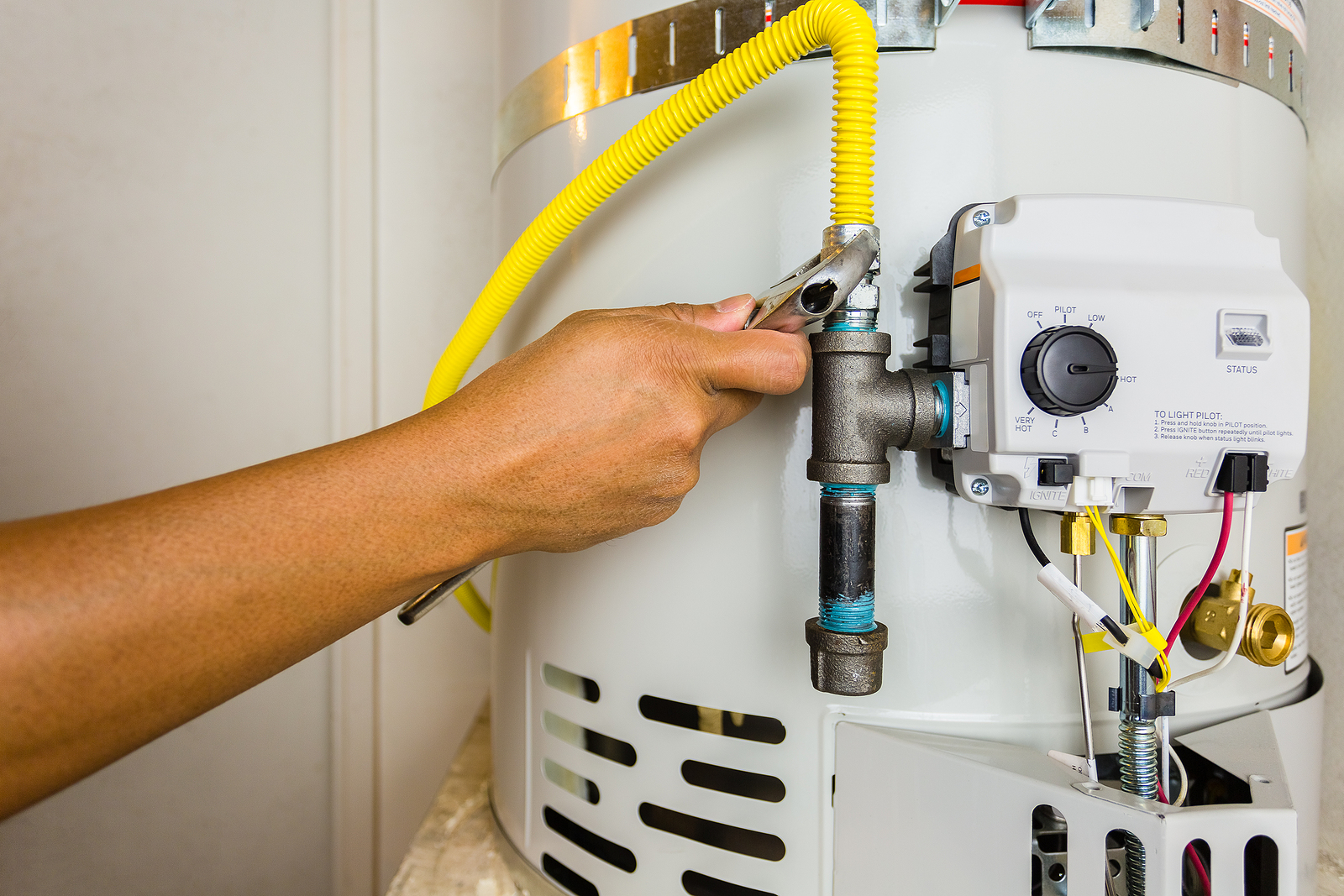
Regularly check all pipes, faucets, and appliances for leaks. A single drip can waste over 3,000 gallons per year, so timely maintenance can lead to substantial water savings. The most common leaks can be found in dripping faucets, worn toilet flappers and worn valves. The best part is that leaks typically don’t require a large investment to repair.
Related post: What is a Sewer Fee?
Install a Dual Flush or Low Flow Toilet
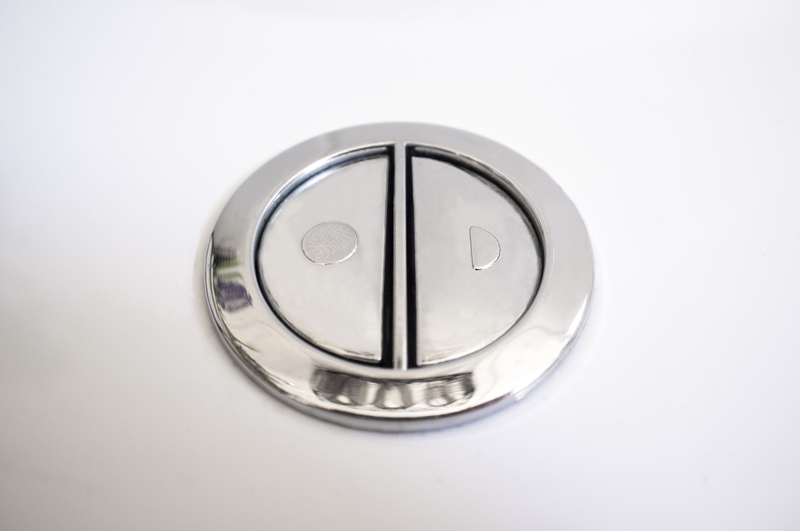
Upgrading to a modern toilet that uses less water per flush can save thousands of gallons of water each year. The dual flush toilet has two options for flushing, which flushes only 4.8 gallons of water per day compared to the average 8 gallons of a non-dual toilet. If you’re not ready to replace your toilet, consider installing a dual flush converter.
Related post: What are Green Buildings?
Energy Efficient Landscaping
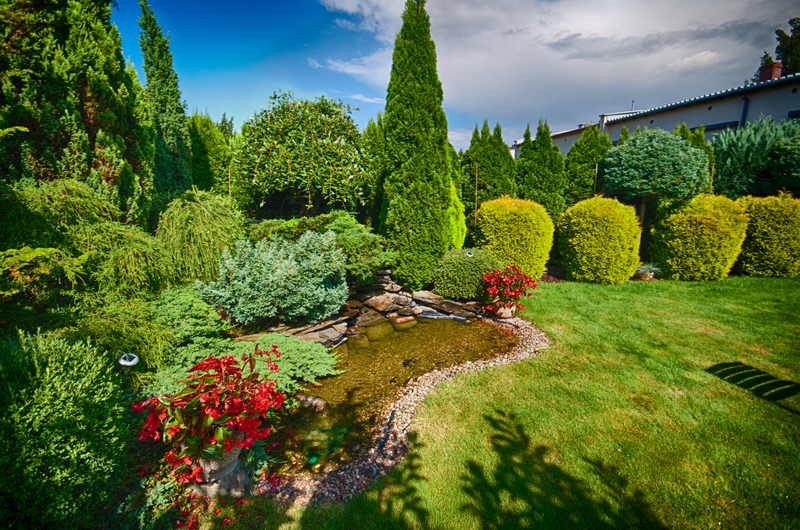
Water your lawn only when necessary and adjust the watering schedule based on the season. Installing a smart sprinkler can also help reduce water usage by tailoring watering times and amounts to the specific needs of your plants.
There are several types of energy-efficient landscaping techniques that homeowners can use to create an efficient landscape. These include:
- Shade Landscaping: This involves planting trees and shrubs to provide shade to your home, reducing the need for air conditioning in the summer months.
- Windbreak Landscaping: By planting trees and shrubs in specific areas, you can create a windbreak that reduces the impact of cold winds on your home, reducing your heating needs in the winter.
- Ground Cover Landscaping: Using ground cover plants can help to insulate the ground, reducing heat loss from your home.
Related post: What is Energy Efficient Landscaping?
Monitor Your Water Usage
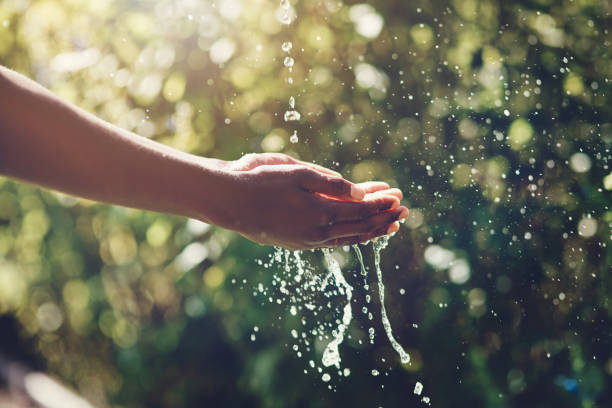
Keeping track of your home water use is more straightforward and rewarding than you might think. Start by regularly reviewing your water bill; it details your monthly usage and highlights any unusual spikes that could indicate leaks. If your home doesn’t have a water meter, consider installing one. Modern meters can connect to smartphone apps, providing real-time insights into your daily water habits and alerting you to excessive use that could suggest hidden leaks.
For a more hands-on approach, consider a smart home water monitor. These devices attach directly to your water system and track consumption throughout your house. They can pinpoint areas of high usage and detect leaks down to specific fixtures, sending alerts straight to your phone. This allows you to make immediate adjustments, such as fixing a leaky faucet or adjusting sprinkler settings, which can lead to noticeable reductions in your water bill.
Related post: Complete Guide to the Best Electricity Saving Devices for Homes
Run a Full Dishwasher and Opt Over Hand Washing
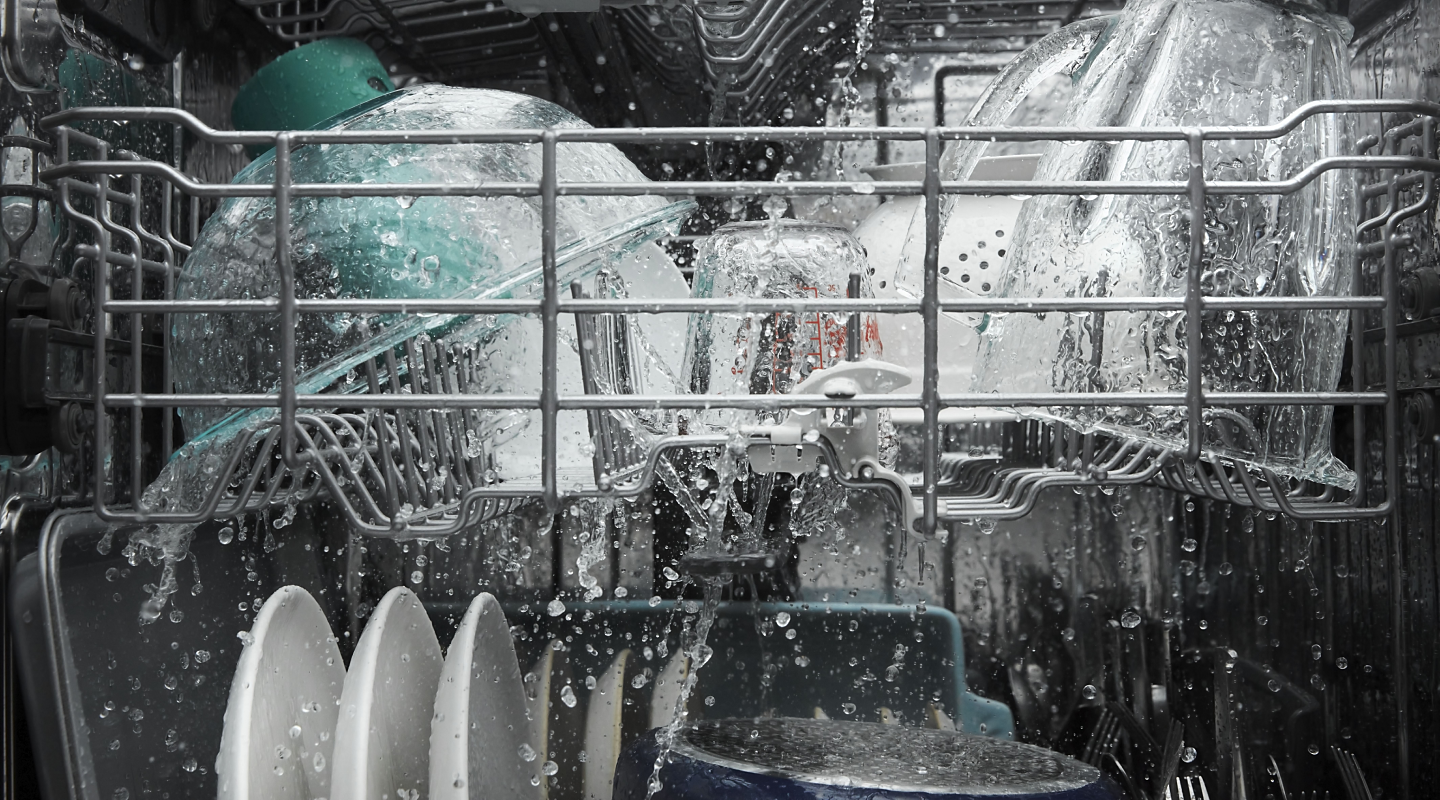
Dishwashers, especially modern, energy-efficient models, are designed to clean a full load of dishes using minimal water compared to hand washing. A full load can be cleaned using approximately 3 to 5 gallons of water, which is significantly less than the 20 to 27 gallons that might be used when washing the same amount of dishes by hand.
When deciding between using a dishwasher and hand washing, consider efficiency and water usage. Modern dishwashers use only about 3 to 5 gallons per load, significantly less than the up to 27 gallons consumed by hand washing. This efficiency extends to energy use, with dishwashers optimizing consumption through eco-modes and heating water to higher temperatures for better sanitization. Although hand washing can be preferable for immediate use or delicate items, dishwashers generally provide a more water and energy-efficient solution for everyday dish cleaning.
Related post: Is a Dishwasher or washing better?
Tips to Conserve Water FAQ
Q: How can I track water usage?
A: Many water meters now come with digital monitoring tools that allow you to track usage in real-time, helping you identify areas where you can cut back. You can also keep a closer eye on your water bill, which you should receive each month.
Q: What are some ways water can be conserved at home?
- Install water-efficient fixtures.
- Water your garden during the cooler parts of the day to minimize evaporation.
- Use mulch in your garden to retain moisture.
Q: How can I reduce water consumption at home?
- Educate your family about the benefits of water conservation.
- Regularly check your plumbing for leaks.
- Replace old appliances with water-efficient models.
Q: What are 3 water conservation tips for using water indoors?
- Fix all leaks immediately.
- Install water-saving appliances.
- Use the dishwasher and washing machine only for full loads.
Q: What are 3 ways water can be saved in the home?
- Collect and reuse greywater.
- Reduce the duration and frequency of showers.
- Turn off the water while brushing your teeth or soaping up in the shower.
Do you Need Cheaper Electricity?
If you’ve taken the time to understand the information on your bill and discovered you’re paying more than you’d like for your electricity, have you looked around for a cheaper deal? The Energy Professor has a wealth of information on ways to save on your utilities, including details of top deals that could significantly reduce your monthly or quarterly electricity bills.
We hope you found this article helpful! If you are looking for ways to increase energy efficiency and sustainability in your home be sure to look at the latest renewable energy options in your area. The Energy Professor helps residential and small business owners find qualified energy suppliers in New York, New Jersey, Pennsylvania, Texas, Ohio, Maryland, Illinois, and Massachusetts.

